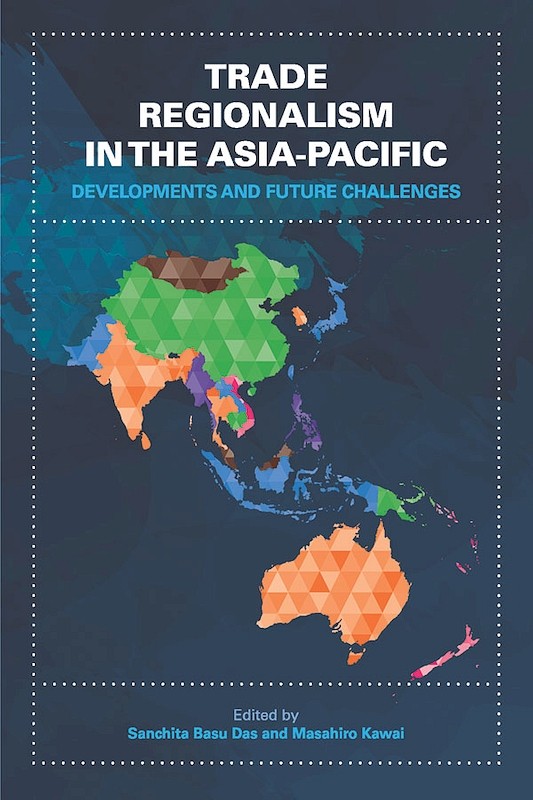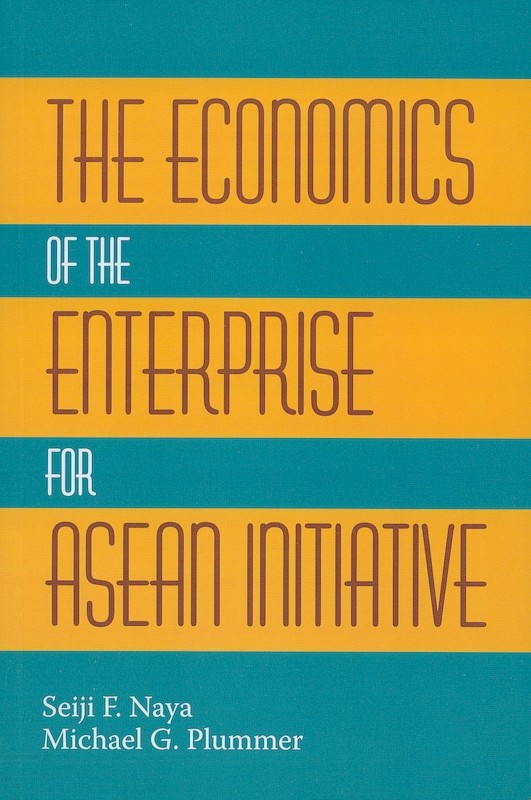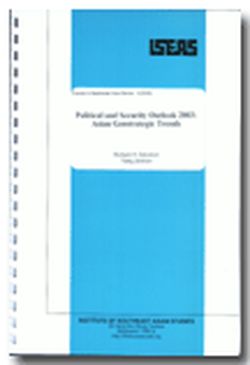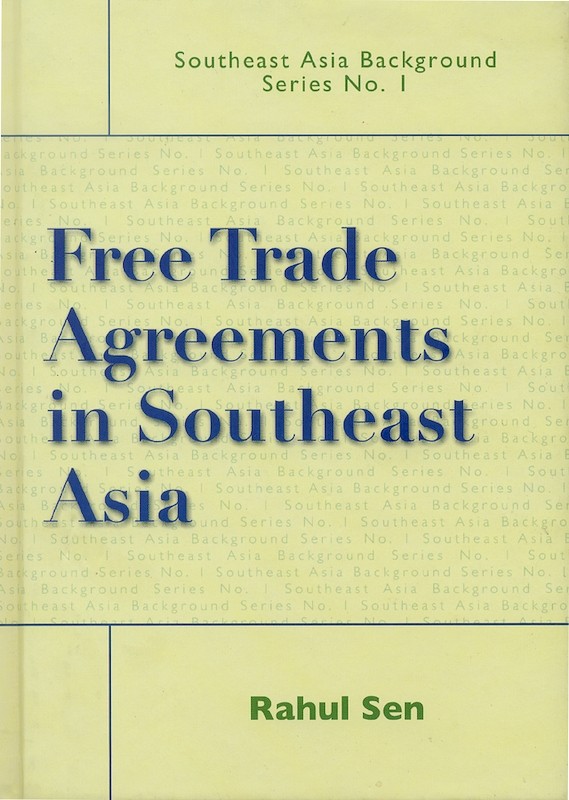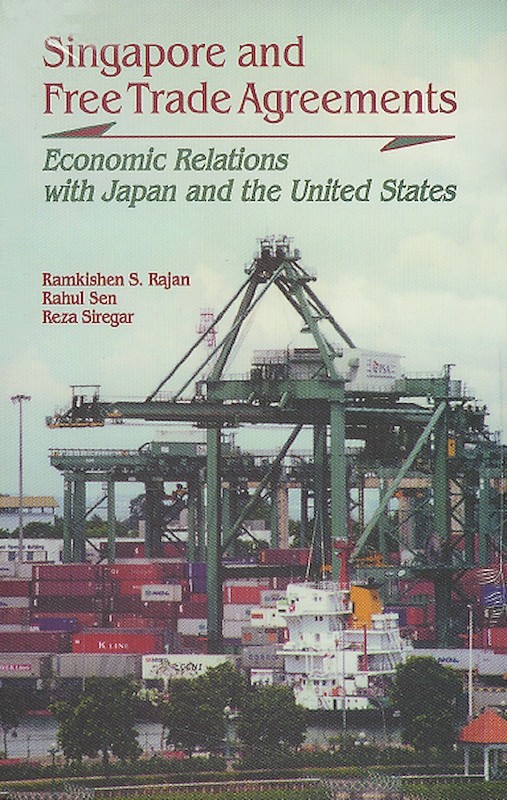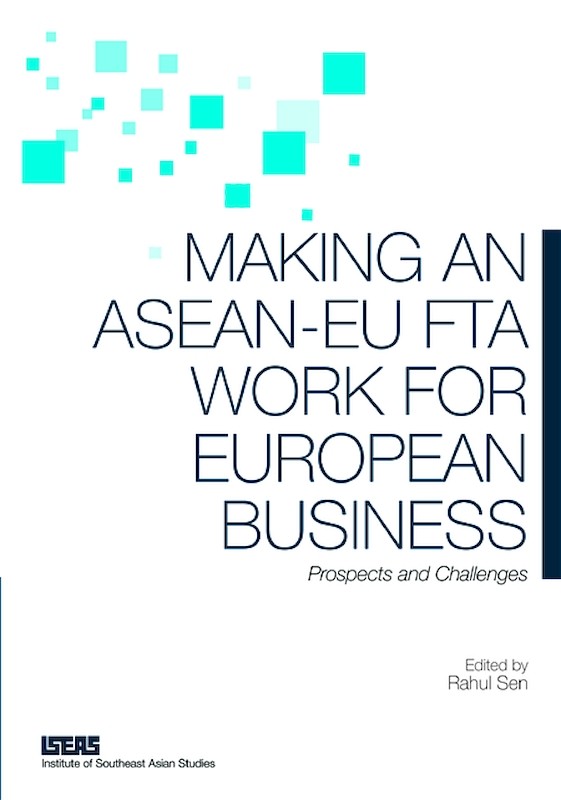The U.S.-Singapore Free Trade Agreement: An American Perspective on Power, Trade and Security in the Asia Pacific

Eul-Soo Pang, author
Date of publication:
2011
Publisher:
Institute of Southeast Asian Studies
Number of pages:
306
Code:
BM439
Soft Cover
ISBN: 9789814311991
Reviews
"This work of political economy explores in an unusually detailed manner the political roots of bilateral trade agreements through the focal point of one such agreement, the United States-Singapore Free Trade Agreement (USSFTA). Pang argues that the neoclassical thesis that free trade benefits all nations is weakly supported by the evidence that political objectives are the real motor force behind trade agreements. In other words, without political objectives it is unlikely powerful nations such as the US would pursue these agreements in the first place. The US government has used bilateral agreements as a mechanism for strengthening political relationships with individual countries, but the political objectives are often regional and global. In the case of the USSFTA, the US objectives in Asia have been served, since it was the first bilateral trade agreement between the US and an Asian country at a time when China was on the rise. The competition between the US and China over influence, if not hegemony, within Asia will be played out, in part, via these sorts of agreements, perhaps even more so than within the larger multilateral trade agreements" (Choice).
About the publication
Free trade has become the mantra of development strategy for many countries in the world, especially those in the Asia Pacific. This book delves into the American side of the story. It is about how Singapore and the United States came to sign the agreement in 2003 (taking effect from 1 January 2004). The United States - Singapore Free Trade Agreement (USSFTA) is the first FTA that America signed with an Asian country and the second such agreement with a fully developed country, after Canada. The city state has used a free trade agreement as both a national survival and a growth strategy, first forging such FTA ties with its major trading partners and then expanding its strategic link to such extra-regional great powers as the United States, Japan, Australia, China, India, and the European Union. Both Singapore and the United States saw in FTAs something more than just merchandise trade.
After 9/11 and the invasion of Iraq, the Bush administration linked granting trade preferences to security policy. Instead of using FTAs as a tool to reduce the ballooning trade deficit and to forge FTAs with such major trading partners as China, Japan, and the European Union, the Bush administration politicized the FTA process by going after smaller economies in order to garner their support for its global security strategy. Single-issue special interest groups and acrimonious partisanism in the U.S. Congress have diluted the principle of free market and competition. But the book argues that the USSFTA is an exception to this rule because the partners are fully developed economies. The book also questions whether such high "WTO-Plus" gold standards that the two partners have embraced can easily be replicated elsewhere.
After 9/11 and the invasion of Iraq, the Bush administration linked granting trade preferences to security policy. Instead of using FTAs as a tool to reduce the ballooning trade deficit and to forge FTAs with such major trading partners as China, Japan, and the European Union, the Bush administration politicized the FTA process by going after smaller economies in order to garner their support for its global security strategy. Single-issue special interest groups and acrimonious partisanism in the U.S. Congress have diluted the principle of free market and competition. But the book argues that the USSFTA is an exception to this rule because the partners are fully developed economies. The book also questions whether such high "WTO-Plus" gold standards that the two partners have embraced can easily be replicated elsewhere.
Contents
-
The U.S.-Singapore Free Trade Agreement: An American Perspective on Power, Trade and Security in the Asia Pacific
[Whole Publication, ISBN: 9789814345002] -
Preliminary pages with Introduction
-
1. On the Crest of Trade and Globalization: Singapore and America
-
2. The Road to the United States-Singapore Free Trade Agreement
-
3. American International Trade Practices: History and Theory
-
4. The USSFTA Bridging Economic Regionalism and Security Regionalism
-
5. The American Politics of FTAs, Lobbying, and Domestic Reforms
-
6. A New Strategic Relationship in the Western Pacific: Asia's Preferences and America's Choices
-
Conclusion
-
List of Abbreviations
-
References
-
Index
-
About the Author

